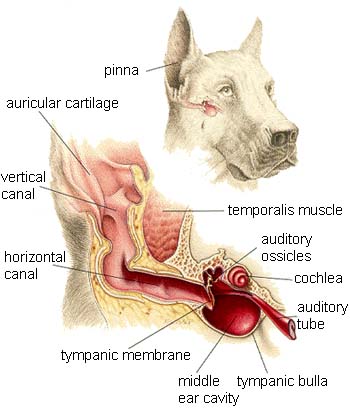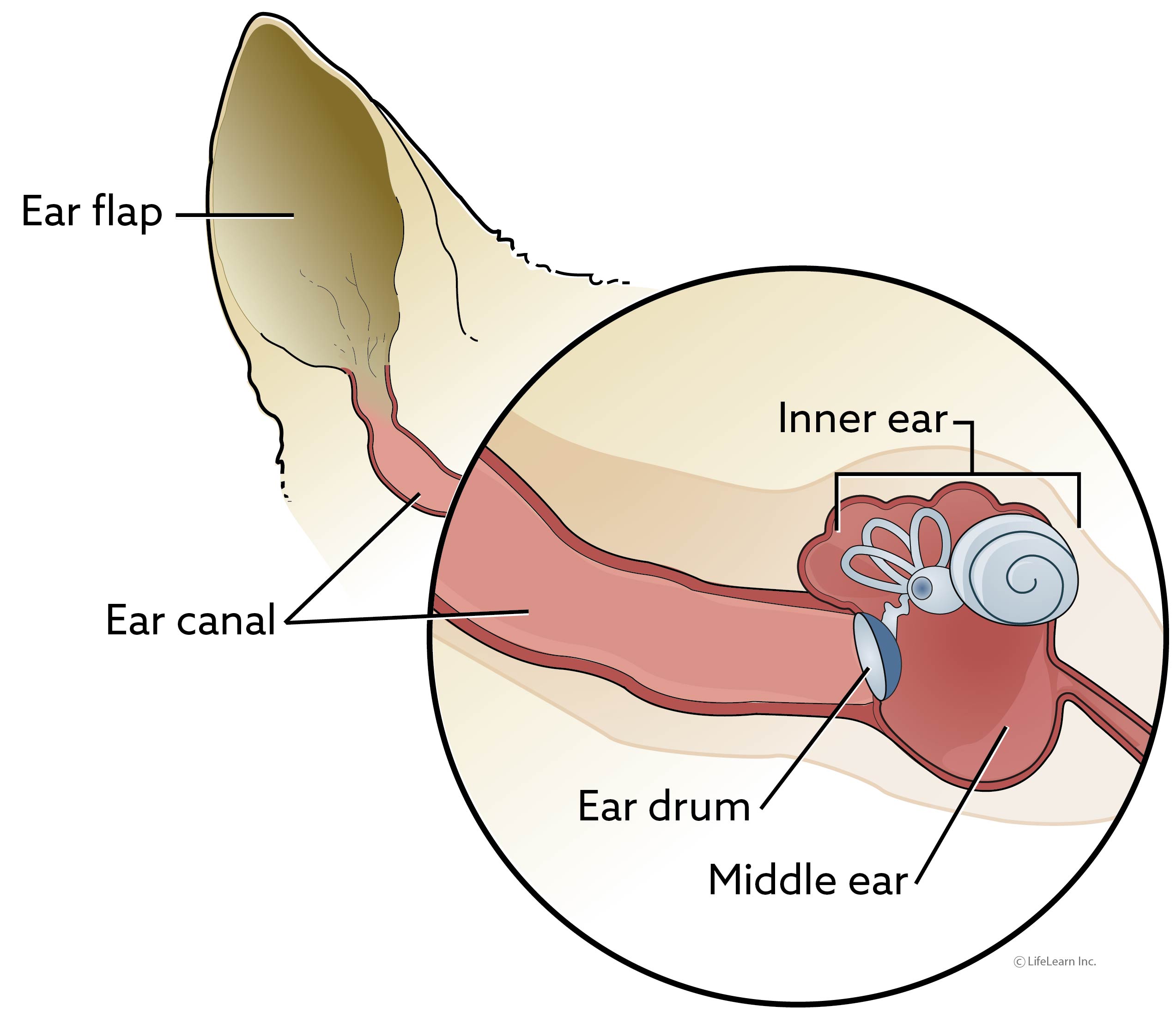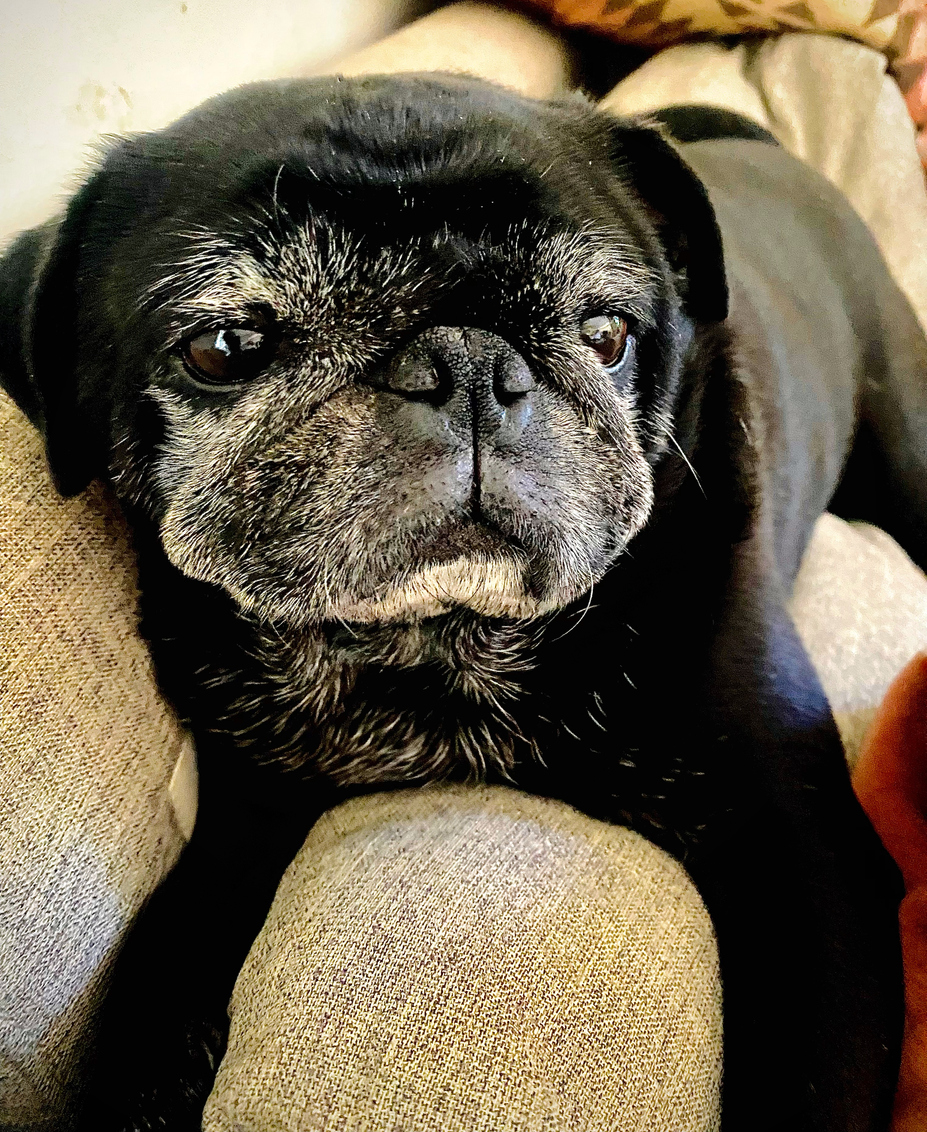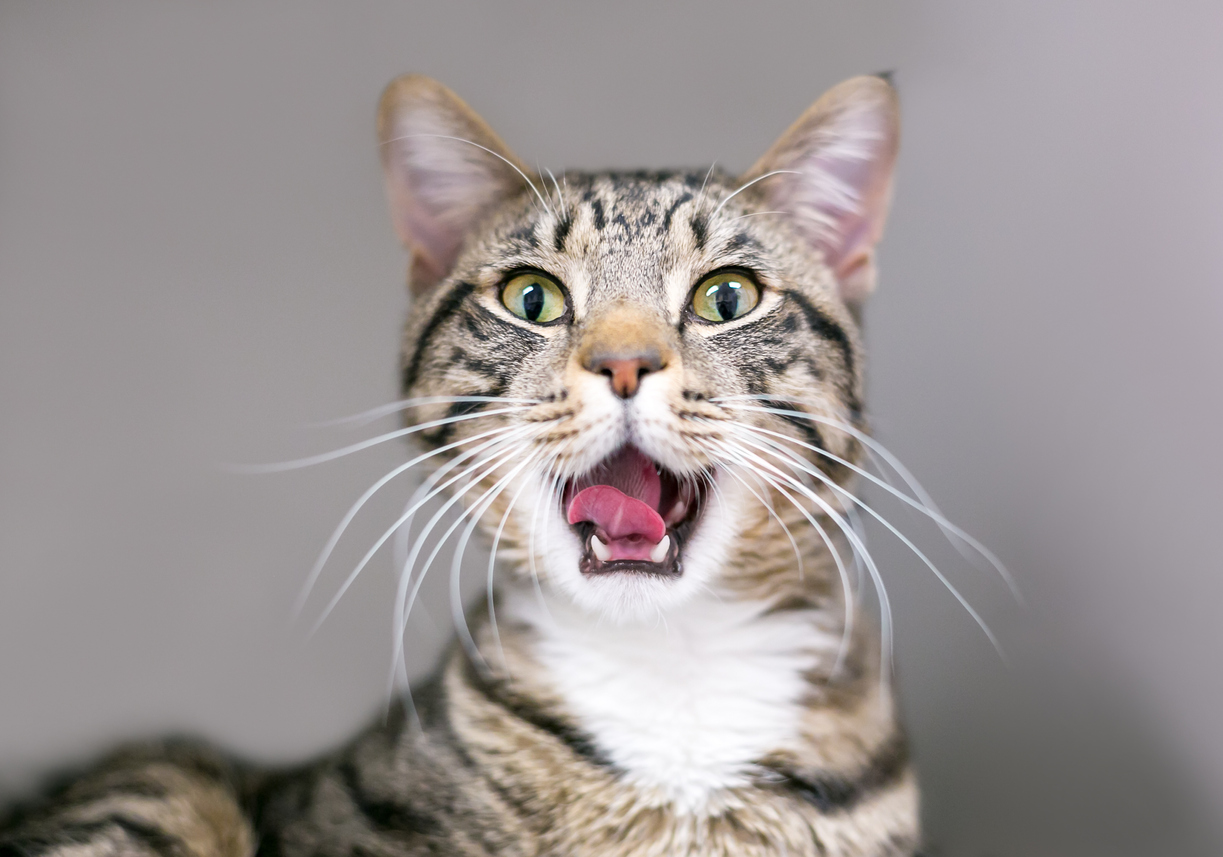Vestibular Disease
What is the vestibular system?
The vestibular system is responsible for maintaining normal balance. The vestibular system has central components located in the brain, and peripheral components located in the inner and middle ear.
What is vestibular disease?
Vestibular disease is a condition in which a pet suddenly develops incoordination, falling or circling to one side, involuntary darting of eyes back and forth (called nystagmus), a head tilt and often nausea or vomiting. This clinically signs often appear suddenly.What causes vestibular disease?
Causes of vestibular disease include middle or inner ear infections, drugs that are toxic to the ear, trauma or injury, tumors, and hypothyroidism (dogs). When no specific cause is found, the condition is called idiopathic vestibular syndrome. These cases are distinguished by the sudden onset of clinical signs and the subsequent rapid improvement with little, if any, medical intervention.
In dogs it is most common in older patients. It is also referred to as old dog vestibular syndrome and canine idiopathic vestibular syndrome.
In cats, feline vestibular disease is not fully understood in many cases. The vast majority are diagnosed as idiopathic, meaning their exact cause is unknown. Siamese and Burmese breeds have been associated with an inherited or congenital form of the disease. Many cats are also deaf.
How is vestibular disease diagnosed?
Diagnosis is based on medical history, clinical signs, and the results of blood and urine tests. In some cases, diagnostic testing might include blood pressure measurement, or radiographs (X-rays) of the head to assess the appearance of the middle and inner ears and the tympanic bullae. Occasionally, magnetic resonance imaging (MRI) or computed tomography (CT) scans will be performed to look for tumors or other abnormalities. Brainstem auditory evoked response (BAER) testing may also be performed in some patients.
The criteria for diagnosing canine idiopathic vestibular syndrome are:
- older dog
- sudden onset of peripheral vestibular signs
- no detectable cause (i.e., no signs of outer- or middle-ear infection, ototoxicity, trauma, hypothyroidism, infectious disease, etc.)
- signs resolve over several weeks

How is vestibular disease treated?
Treatment is directed at the underlying cause, if one can be identified. In severe cases, supportive therapy such as intravenous fluids and hospitalization may be required until the patient can eat and walk on its own. If the patient is seriously disoriented or ataxic (stumbling, unable to stand or walk), it may be given sedatives to help it relax. Drugs that help combat nausea or motion sickness may be beneficial. Antibiotics may be used in cases suspected of having middle or inner ear infections. Although corticosteroids have been used in the past, there is little scientific evidence to support their use in this condition and are generally not recommended.What is the prognosis for a pet diagnosed with vestibular disease?
The clinical signs associated with vestibular disease are often most severe during the first twenty-four to forty-eight hours. Many pets begin to improve within seventy-two hours. The head tilt and stumbling often improve over a seven to ten-day period. Most patients are completely recovered within two to three weeks. Older affected dogs can have residual, often permanent head tilt or “wobbling” for life, but this is rare in cats.
If the patient fails to improve or worsens, then a more severe underlying disorder should be suspected, and advanced diagnostic testing should be pursued.




